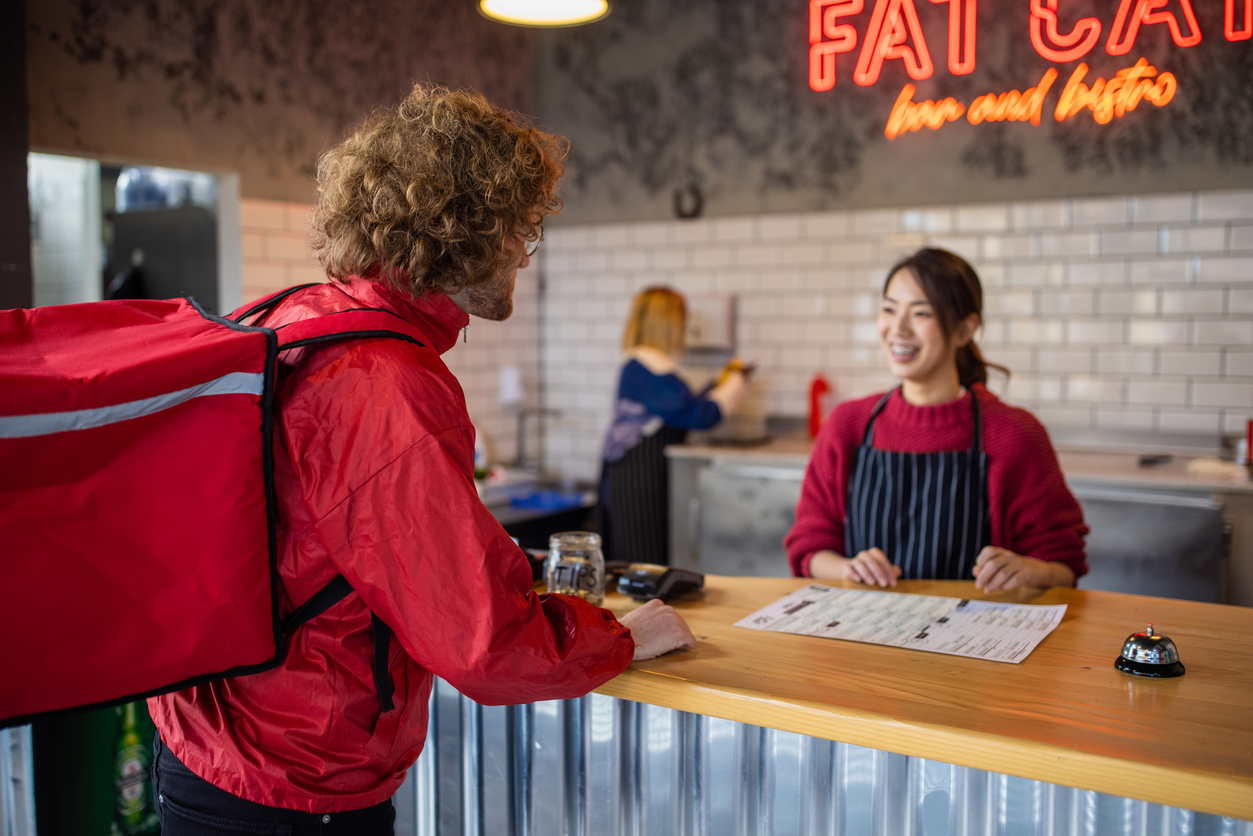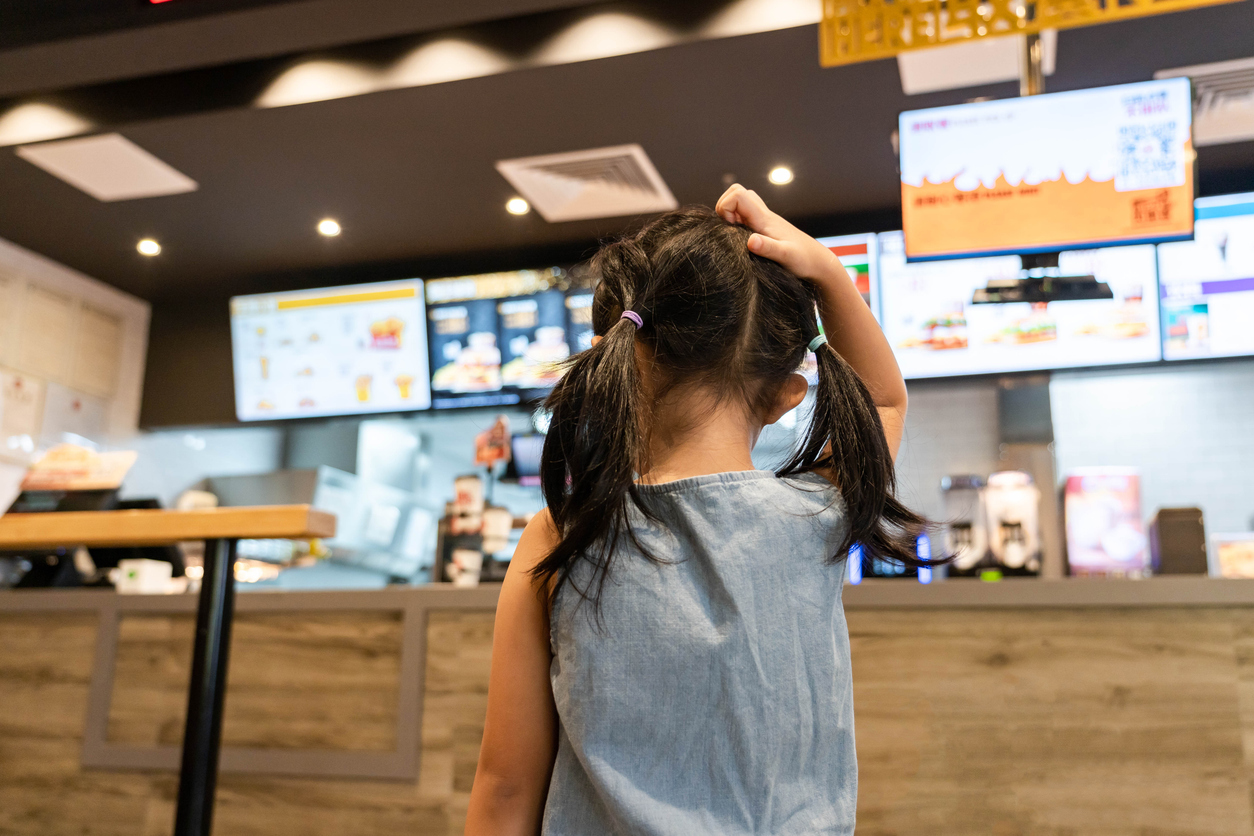This year's FSTEC conference was nothing short of transformative, showcasing how rapidly our industry is evolving in the face of technological advancements. We've seen our fair share of innovations, but the pace and scale of change we're witnessing now is unprecedented.
For restaurant leaders who couldn't attend the conference this year, we compiled some initial thoughts from around the industry so you can digest the biggest takeaways. In this post, I'll break down the six most impactful insights from FSTEC 2024 to help you make informed decisions about your tech investments and overall business strategy.
So, let's dive in and explore what FSTEC 2024 revealed about the future of restaurant technology, and more importantly, what it means for our industry moving forward.
1. AI: From Hype to Help
Artificial Intelligence dominated conversations at FSTEC, but not in the way you might expect. Gone was the speculation; instead, the focus was on practical, immediate applications that are already reshaping operations.
The most exciting applications were focused on enhancing rather than replacing human capabilities. From drafting responses to guest feedback and reviews to generating marketing ideas and copy, AI is proving to be a valuable assistant in our day-to-day operations. Some brands are even using AI to develop new menu ideas based on existing kitchen inventory and create upsell recommendations.
Action item: Identify one area in your operations where AI could provide immediate value. Start small, measure results, and scale based on success. Brands are already automating phone or drive-thru ordering as a first step.
2. The New Tech Partnership Paradigm
One panel focused on how brands select their technology partners. What struck me was the shift in priorities. While we've always considered factors like reputation and integration capabilities, there's a new emphasis on true partnership and cultural alignment.
Several executives stressed the importance of finding tech partners who understand the nuances of the restaurant industry. Factors like flexibility, proof of execution at scale, and even whether the vendor has eaten at the restaurant are now key considerations. Interestingly, price – while still a factor – wasn't the primary consideration for most decision-makers.
Another crucial factor in choosing tech partners is their long-term scalability. Can the partner's solution grow alongside your brand? This consideration is particularly important when entering into multi-year agreements, which are becoming more common for core tech stack components. Establishing long-term partnerships with reliable vendors allows for deeper collaboration and can accelerate a company's growth by ensuring the tech evolves with the brand.
Action item: When evaluating tech partners, look beyond the product demo. Consider factors like company-level relationships, their willingness to customize solutions for your specific needs, and their ability to scale with your business.
3. The Human Side of Tech Implementation
A recurring theme throughout the conference was the challenge of getting buy-in for new technologies. It's a pain point for many brands, and it was interesting to hear how other executives are tackling this issue.
The key insight here was the importance of communication. Speakers emphasized the need to speak to stakeholders in their own language and identify the problems that new tech solves. A clever strategy for prioritizing tech upgrades was also shared.
Identify your top 10 needs and look for solutions that solve at least 2 or more at once.
One effective strategy shared at the conference was the idea of IT leaders taking on the role of a "Senator." This involves canvassing internally and building relationships with peers before presenting new tech ideas to higher-ups. This approach not only strengthens internal support but makes the adoption of new technologies much smoother across the organization.
Action item: Before your next tech rollout, create a communication plan that clearly articulates the benefits in terms your stakeholders will understand and appreciate. Consider adopting the "Senator" approach to build internal support.
4. The Feedback Revolution
If there's one thing brands can take away from FSTEC 2024, it's the need to radically rethink customer feedback. The old model of passive collection and sporadic response is no longer sufficient in today's hyper-connected world.
Brands are now taking a proactive, systematic approach to feedback. They're following a simple yet effective playbook: ask every guest for feedback, reply to every response, read the feedback carefully, and most importantly, act on it. Tools like Ovation and Marqii were mentioned as potential solutions to help streamline this process.
Action item: Audit your current feedback systems. Are you actively soliciting feedback across all channels? How quickly are you able to act on the insights you receive?
5. The Marketing-Operations Nexus
One of the most thought-provoking sessions focused on the intersection of marketing and operations. The key takeaway? In the digital age, these two functions can no longer operate in silos.
Speakers emphasized several "truths" about restaurant marketing that resonated with many of us. The idea that bad operations are the kryptonite of good marketing particularly stuck with me. There was also a strong emphasis on consistency over creativity and the power of combining strong marketing with excellent operations.
The integration between marketing and technology was underscored throughout the conference. Without technology driving data collection and analysis, marketing efforts will be less impactful. Effective marketing needs to be data-driven, and aligning marketing strategies with tech capabilities ensures both campaign relevance and success.
Action item: Organize a joint workshop with your marketing and operations teams to identify areas of misalignment and opportunities for synergy.
6. The Convenience Store Conundrum
Perhaps the most surprising trend at FSTEC was the growing threat from convenience stores in the prepared food space. This shift challenges our traditional view of competition and underscores the importance of convenience in today's market.
What's driving this trend? Overall, it seems to be a combination of factors: improved food quality at c-stores, changing consumer perceptions, and the unbeatable convenience factor. This trend is forcing many in to rethink their service models and better compete on convenience.
Action item: Conduct a "convenience audit" of your operations. How can you streamline the ordering and pickup process to compete with the speed of c-stores?
7. The Scale of Innovation
The sheer scale of technology operations in restaurant chains was a recurring topic of discussion. While specific numbers were kept under wraps, it's clear that the largest players in our industry are investing heavily in tech and employing significant numbers of tech professionals.
As Joe Park from Yum Brands put it, "These days it feels like you're running mission control for a space center." This gives us a sense of the growing importance of technology in our industry, even if our own operations are on a smaller scale.
When evaluating new technologies, leaders are encouraged to consider questions such as:
- Does this solution increase top-line revenue, reduce costs, or improve operational efficiencies?
- Is this technology a good fit for our brand?
- Is it a long-term solution or just a short-lived trend?
- Does this tech solve a current and urgent problem?
These questions help ensure that technology investments align with business goals and provide tangible benefits.
Action item: Develop a checklist of critical questions to evaluate potential tech investments, ensuring they align with your business goals and solve real problems.
8. The Build vs. Buy Debate
Then there was the ongoing debate of whether to build proprietary technology or purchase existing solutions. This conversation highlighted the importance of a planned, coordinated approach to technology adoption that enhances the guest experience while maintaining internal stability and operational efficiency.
Many operators are finding that a combination of building and buying offers the best solution. As one panelist put it, "A little build + a little buy is not a bad thing." The decision largely depends on where a business is in its growth journey.
A valuable insight shared was, "Buy the commodity, build for differentiation." This approach suggests purchasing solutions that are widely available for standard needs, while allocating resources to build proprietary systems that create a unique experience for guests or streamline internal operations in ways that competitors can't easily replicate. It's also worth noting that buying tech can significantly decrease time to market, allowing businesses to remain agile and responsive to industry changes.
Action item: Assess your current tech stack and identify areas where off-the-shelf solutions suffice and where custom development could provide a competitive edge. Consider a hybrid approach that balances efficiency with differentiation.
Looking Ahead
Looking back at FSTEC 2024, there’s no doubt that the pace of change in our industry is accelerating, and staying ahead of the curve will require constant learning and adaptation. It's crucial to remember the importance of flexibility and adaptability. Don't be afraid to rip and replace when a solution no longer fits your evolving needs. This kind of adaptability ensures that your organization stays ahead of trends, rather than being bogged down by outdated tools.
What's clear is that technology is no longer just a tool for efficiency; it's becoming the very foundation of the dining experience. As we move forward, our success will depend on our ability to harness these technologies in ways that enhance, rather than replace, the human touch.
Looking for new tech solutions to level up your restaurant’s digital offerings? Let's connect and see how Checkmate can help reshape your ordering solutions.





